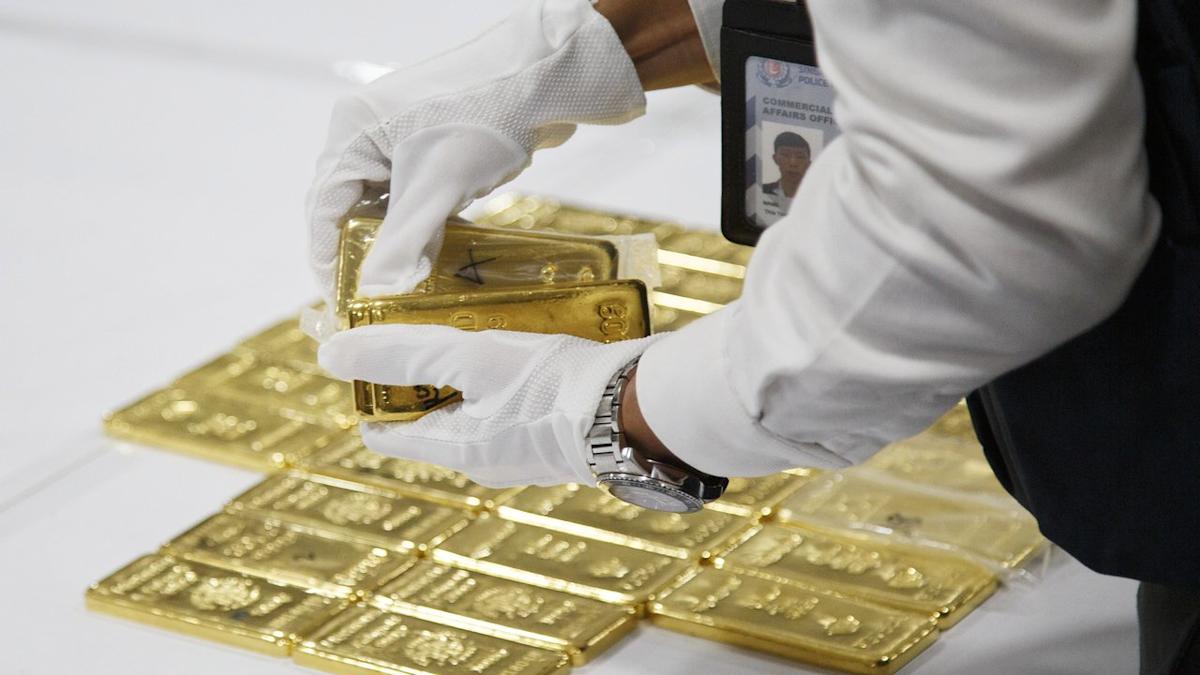Gold prices are surging right now, with the spot gold price per ounce at $3,656 as of September 15. Gold prices are up 41.8% for the year and up $1,600 since 2023.
What’s more, Goldman Sachs says gold prices could rise to $5,000 if investors back off traditional safe-haven investments like U.S. Treasury bonds if the economy tilts toward recession. In this scenario, investors trust hard assets like gold over the U.S. dollar.
“The price target for gold for 2025 (end) is around $3750 if the interest rate is reduced,” said Jose Gomez, co-founder at Salt Lake City-based Summit Metals. “The current price already reflects an interest rate reduction; however, if all things stay equal $3,750 is possible.
Why are gold prices climbing so quickly in 2025? Precious metals specialists point to multiple flash points.
Good gold buying opportunities would continue if the Federal Reserve, as expected, curbs interest rates in the next few weeks.
“We have seen this before in 2008, 2020, and even in August 2024,” said Lina Thomas , an economic analyst at Goldman Sachs Research. “Times like these are good buying opportunities, because gold typically rebounds shortly afterwards as investors seek safe assets.”
Uncle Sam’s debt burden is burgeoning, and that’s sending shockwaves throughout the safe-haven assets markets.
“U.S. government fiscal and monetary policies, including massive U.S. deficit spending and unfathomable U.S. public debt and actuarial obligations for entitlements (such as Social Security, Medicare, Medicaid, Veterans’ benefits, etc.) will require the creation of more U.S. dollars to pay current promises and interest,” said Thomas Winmill, portfolio manager at Midas Funds in Walpole, N.H.
Winmill believes paying down meaningful amounts owed by the U.S. on its public debt is not feasible given the current budget deficit. “The continuous creation of U.S. dollars in this environment has and will continue to lead to a depreciated U.S. dollar, which causes U.S. price inflation and an increase in the price of all ‘hard’ assets, including gold,” he noted.
Gold has risen even though interest rates remain elevated, and has traditionally been correlated with real rates. However, this correlation has broken down this year, suggesting that something structural is shifting in capital allocation, reserve management, and risk perception, said Tracy Shuchart, senior economist at Chicago-based Ninja Trader.
“The U.S. dollar has weakened, making gold cheaper for foreign buyers and adding further momentum to the move,” Shuchart said. “Persistent inflation, which has been running above the Fed’s target, also has reinforced gold’s appeal as a long-term store of value.”
There’s more to the story, as the surge in gold this year is likely the result of converging macroeconomic risks. “Those risks include dollar dynamics, central bank buying, inflation worries, and an underlying suspicion that global financial architecture is being tested as rarely before,” Shuchart said.
Additionally, central banks, especially in emerging economies, have also been ramping up their gold purchases as a strategic hedge against currency instability and debt concerns. “That steady accumulation has put real pressure on the supply side and has put an underlying bid in the gold market as they will buy at any price,” Shuchart added.
Any gold investor’s exit strategy should be based on their portfolio’s cost basis (i.e., the amount they paid for it) and the expected return on investment they targeted. “One should hold gold until it can be converted to the dollar, to then make another investment purchase without losing the original buying power,” Gomez advised.
Total gold ownership timelines are a big factor in selling, too. “Right now is a great time to sell gold if you have been holding it for over 20 years and are near retirement, as you would have a huge appreciation, and you can buy alternative assets with the money, such as more real estate,” Gomez said.
Even if a ‘sell’ decision is made, Investors should have some allocation to gold in their portfolio, but not as a core holding or income producer.
“Gold offers real advantages when it comes to diversification and risk management because it tends to have a low correlation with both stocks and bonds, especially during periods of market stress or uncertainty,” Shuchart said. “It can cushion portfolio losses when equity and fixed income markets are volatile, acting almost like a form of financial insurance.
What’s more, gold reliably preserves value in inflationary environments or when currencies lose purchasing power. “Its global liquidity makes it easy to buy or sell across cycles,” Shuchart noted.
Investors should also know that gold doesn’t generate yield, dividends, or compound returns, so it’s not a substitute for growth or income-focused investments. “For most investors, a strategic allocation of about 3–10% of their portfolio, with a preference for physical gold and/or gold ETFs, seems adequate, enough to benefit from its hedge qualities without compromising long-term growth objectives or taking on storage and tax burdens,” Shuchart advised.



Leave a Comment
Your email address will not be published. Required fields are marked *